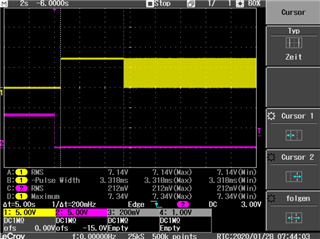In the meantime I made some tests regarding this Topic and I had the following idea.

Here you can see the control of the fan. Yellow is the PWM Signal and purple is the FAN ON/OFF Signal. In the off state of the fan there is always a pwm. Assuming we have an emc issue and the always on pwm could this be the reason of the failure or the damage?


